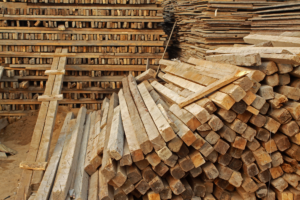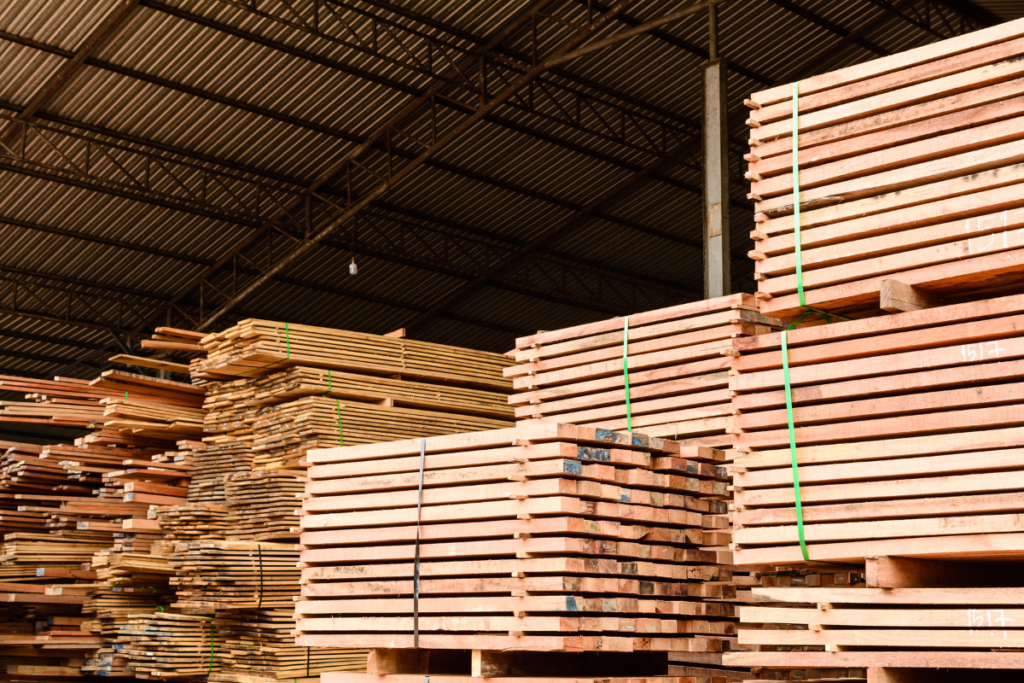 Introduction to Lumber Quantity Estimating:
Introduction to Lumber Quantity Estimating:
When it comes to construction, one of the most critical aspects is lumber quantity estimating. Accurately estimating lumber ensures that you have enough materials to complete a project without overspending. An incorrect estimate can lead to project delays, wastage, and increased costs, all of which are preventable with a careful and methodical approach. This article dives into the essentials of lumber quantity estimating, its importance, and how to avoid common errors that can lead to unnecessary expenses.
What is Lumber Quantity Estimating?
Lumber quantity estimating refers to the process of calculating the precise amount of lumber required for a specific construction project. Whether you’re building a deck, framing a house, or erecting a fence, knowing exactly how much lumber is needed is vital for staying within budget and ensuring the project runs smoothly. Estimating too little can result in costly delays, while overestimating can lead to excess materials that may go to waste.
Importance of Accurate Lumber Quantity Estimating
- Cost Control: One of the primary benefits of accurate lumber quantity estimating is cost control. Lumber is often one of the largest expenses in a construction project, so getting an accurate estimate helps you avoid overspending. Underestimating leads to mid-project purchases, often at higher prices due to urgent needs.
- Minimizing Waste: An accurate estimate helps reduce material wastage. Leftover lumber might seem like a minor issue, but on a large project, even small overestimations can result in piles of unused wood. This not only impacts the environment but also adds unnecessary costs to your budget.
- Time Efficiency: When you have the correct amount of lumber on hand, you can keep the project on schedule. Running out of materials partway through construction can lead to delays while you wait for more supplies to arrive. Time delays often mean increased labor costs and dissatisfied clients.
Key Factors to Consider in Lumber Quantity Estimating
To master lumber quantity estimating, there are several factors to consider to ensure you get an accurate count of the materials required:
- Project Size: The scale of the project directly impacts how much lumber is needed. Larger projects, such as full home builds, will naturally require more materials than smaller projects like a garden shed or a deck.
- Lumber Dimensions: Lumber comes in various sizes, such as 2x4s, 2x6s, and 4x4s. Knowing the correct dimensions of lumber required for specific parts of your project is critical. Different types of lumber are used for framing, joists, and beams, so using the wrong size can lead to structural issues or wastage.
- Cutting and Wastage: It’s important to account for cuts and wastage when calculating how much lumber to order. Not every piece of lumber will be usable in its entirety. Some pieces will need to be cut to fit specific dimensions, and there will be offcuts that can’t be reused. A general rule of thumb is to add an extra 5-10% of lumber to your estimate to account for this wastage.
- Species of Wood: Different types of wood have varying levels of strength and durability. For instance, pressure-treated wood is often used for outdoor projects due to its resistance to decay, while hardwoods like oak or maple might be used for interior finishes. The type of wood you choose will affect the quantity, as some woods are heavier and stronger, requiring fewer boards to complete a project.
- Building Codes: Ensure that your lumber meets local building codes, as this can impact the type and amount of wood you need. Some projects may require specific grades or treatments of lumber for safety and compliance reasons.
Steps to Accurately Estimate Lumber Quantity
- Measure the Project Area: Begin by measuring the dimensions of the space where the construction will take place. For example, if you’re building a deck, measure the length, width, and height of the space.
- Calculate Board Feet: Board feet is the most common measurement used for lumber quantity estimating. One board foot is equivalent to one square foot of a 1-inch thick board. To calculate the board feet, multiply the length (in feet), width (in inches), and thickness (in inches), then divide by 12.
Example:
Board Feet=Length (ft)×Width (in)×Thickness (in)12\text{Board Feet} = \frac{\text{Length (ft)} \times \text{Width (in)} \times \text{Thickness (in)}}{12}
- Use a Lumber Estimating Tool: Several online tools can assist in lumber quantity estimating. These tools allow you to input your project’s dimensions and will generate an estimate for the lumber you need. While these tools can be helpful, they should be used as a secondary reference to manual calculations.
- Account for Openings and Special Features: If your project includes windows, doors, or other openings, subtract the dimensions of these areas from your overall lumber estimate. Similarly, for features like built-in benches, additional framing may be required, which should be included in the estimate.
Common Mistakes in Lumber Quantity Estimating
- Failing to Account for Wastage: Not adding enough lumber to account for wastage is one of the most common mistakes in lumber quantity estimating. Offcuts, miscuts, and mistakes happen on any construction site, so it’s essential to plan for them.
- Ignoring Building Codes: Some builders neglect to check local building codes, which may require specific lumber dimensions or grades. This oversight can lead to ordering the wrong type of wood and having to make additional purchases.
- Relying Solely on Online Calculators: While online calculators can be helpful, they should not be your sole method for lumber quantity estimating. Always double-check the results manually to ensure accuracy.
Lumber quantity estimating is an essential skill for anyone involved in construction, whether it’s a small home improvement project or a large-scale build. By carefully measuring your project space, considering lumber dimensions, and accounting for wastage, you can avoid the costly pitfalls of inaccurate estimates. A well-calculated estimate will save time, reduce waste, and ensure your project stays within budget.
Are you looking for the best estimating services in USA?
Look no further than “https://zionestimating.com”
They are offering top-notch services like;
- Construction/cost estimation
- Budget planning
- Material takeoff
- Equipment estimation
and further more!!!
Here are some more information for your convenience:
Phone no. : +1 718-427-9941 || +1 562-383-6177
Email:[email protected]
Visit their blogs and site
https://zionestimating.com for the latest updates and service tips!
